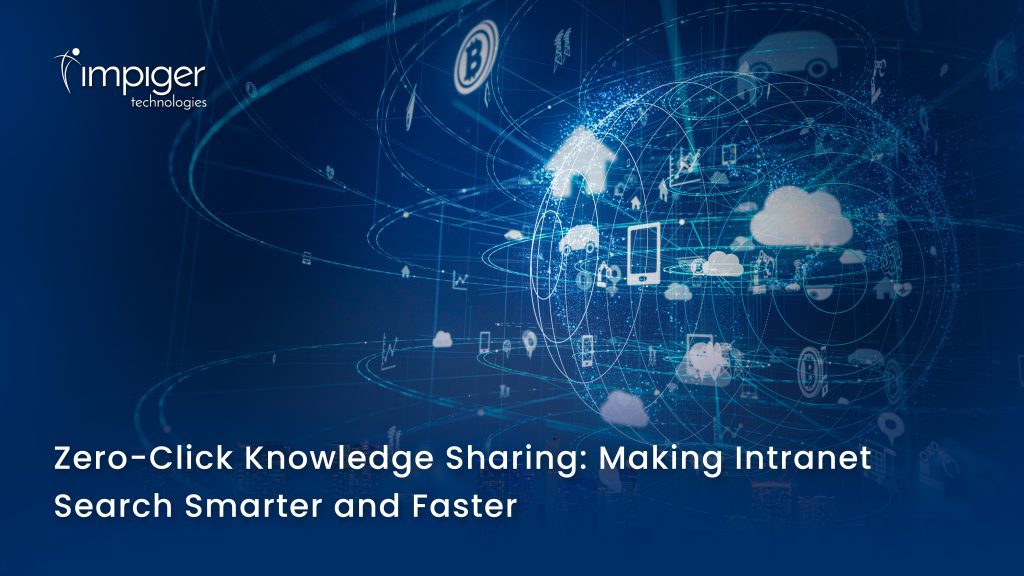In today’s fast-paced world, customer expectations are higher than ever. Businesses are continually seeking innovative ways to provide exceptional service while managing operational costs. Two prominent solutions in customer service are chatbots and live agents. Both offer unique advantages and challenges, and finding the right balance between them is crucial for delivering optimal customer experiences. Let’s dive into the pros and cons of each, and explore how to strike the perfect balance for your business.
Chatbots: Efficiency and Scalability
What Are Chatbots?
Chatbots are AI-driven tools designed to simulate human conversation. They can handle a range of tasks from answering frequently asked questions to guiding users through complex processes.
Advantages of Chatbots:
- 24/7 Availability: Chatbots never need to sleep, eat, or take a break. They provide round-the-clock support, ensuring customers can get assistance at any time of day or night.
- Cost-Effective: By automating routine tasks and answering common queries, chatbots reduce the need for a large customer service team, cutting down on labor costs.
- Quick Response Times: Chatbots deliver instant responses, reducing wait times and increasing customer satisfaction. This is especially valuable during peak hours when human agents might be overwhelmed.
- Scalability: Chatbots can handle a high volume of interactions simultaneously, making them ideal for managing spikes in customer inquiries without compromising service quality.
- Data Collection and Analysis: Chatbots can collect valuable data from interactions, providing insights into customer preferences, common issues, and areas for improvement.
Challenges of Chatbots:
- Limited Understanding: While chatbots are getting smarter, they may struggle with complex queries or nuanced conversations that require human empathy or judgment.
- Personalization Limits: Chatbots may lack the ability to provide personalized responses or handle unique situations with the same level of understanding as a human agent.
Live Agents: Personal Touch and Complex Problem-Solving
What Are Live Agents?
Live agents are real people who interact with customers via phone, chat, email, or other communication channels. They bring human touch and expertise to customer service.
Advantages of Live Agents:
- Human Touch: Live agents provide empathy, understanding, and personalized support that chatbots cannot match. This is especially important for handling sensitive issues or building customer relationships.
- Complex Problem-Solving: For intricate problems or unique situations, live agents can use their judgment and expertise to find solutions that go beyond scripted responses.
- Flexibility: Human agents can adapt their responses based on the context and nuances of the conversation, providing a more tailored experience.
- Building Trust: Personal interactions with live agents can foster trust and loyalty, as customers often feel more valued when speaking with a real person.
Challenges of Live Agents:
- Higher Costs: Employing and training live agents can be expensive. They require salaries, benefits, and ongoing professional development.
- Limited Availability: Live agents can only handle one interaction at a time, leading to potential wait times and limitations in providing 24/7 support.
- Scalability Issues: During high-demand periods, scaling up a team of live agents can be challenging and costly.
Finding the Right Balance: Integrating Chatbots and Live Agents
To maximize the benefits of both chatbots and live agents, consider the following strategies for integrating them effectively:
- Use Chatbots for Routine Tasks: Deploy chatbots to handle common inquiries, process simple requests, and provide basic information. This frees up live agents to focus on more complex issues that require human intervention.
- Seamless Escalation: Implement a system where chatbots can seamlessly escalate interactions to live agents when they encounter queries they cannot handle. This ensures that customers receive the assistance they need without frustration.
- Monitor and Optimize: Regularly analyze data from both chatbots and live agents to identify trends, measure performance, and make adjustments. This helps in optimizing the balance between automated and human support.
- Customer Choice: Provide customers with the option to choose between chatbot and live agent support based on their preferences and the nature of their issue. This empowers customers and enhances their overall experience.
- Continuous Improvement: Invest in training for live agents and continuously improve chatbot algorithms based on feedback and performance metrics. This ensures that both channels are delivering high-quality support.
Conclusion
Finding the right balance between chatbots and live agents is key to delivering exceptional customer service. By leveraging the efficiency and scalability of chatbots alongside the personalized touch of live agents, businesses can create a seamless and effective customer support experience. Evaluate your business needs, customer preferences, and operational goals to develop a strategy that maximizes the strengths of both approaches.











